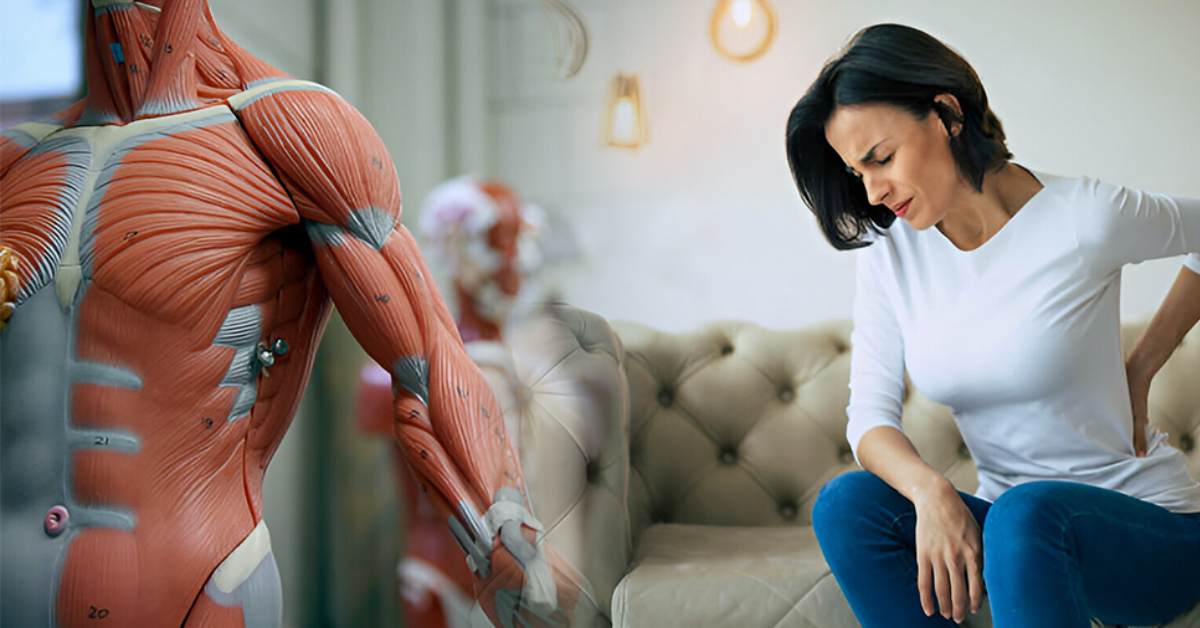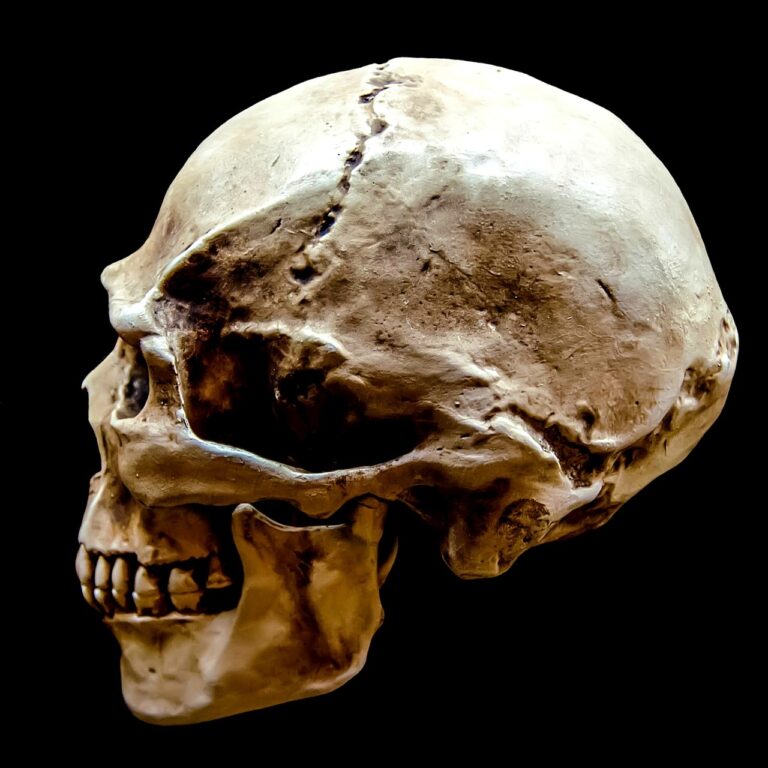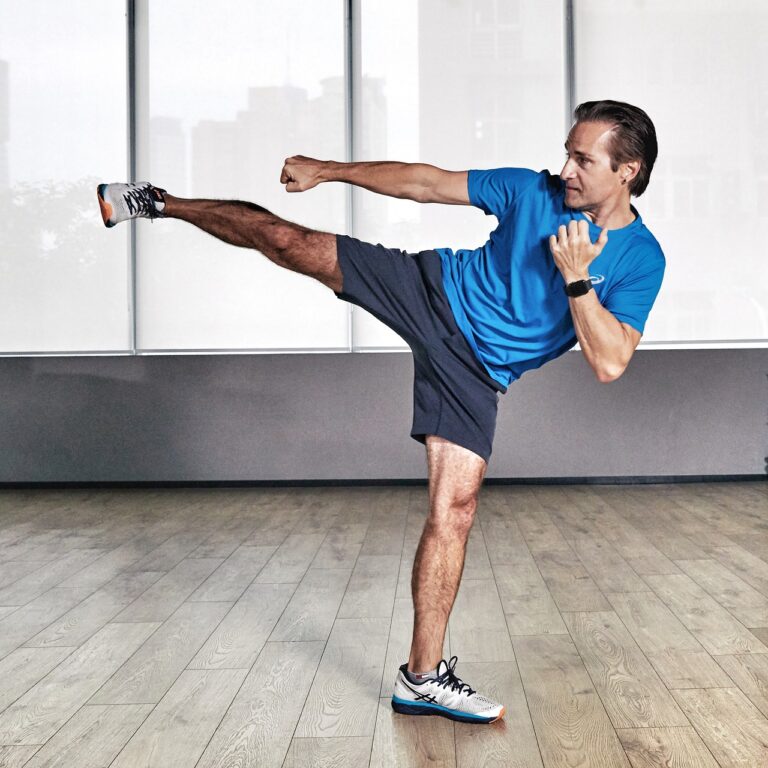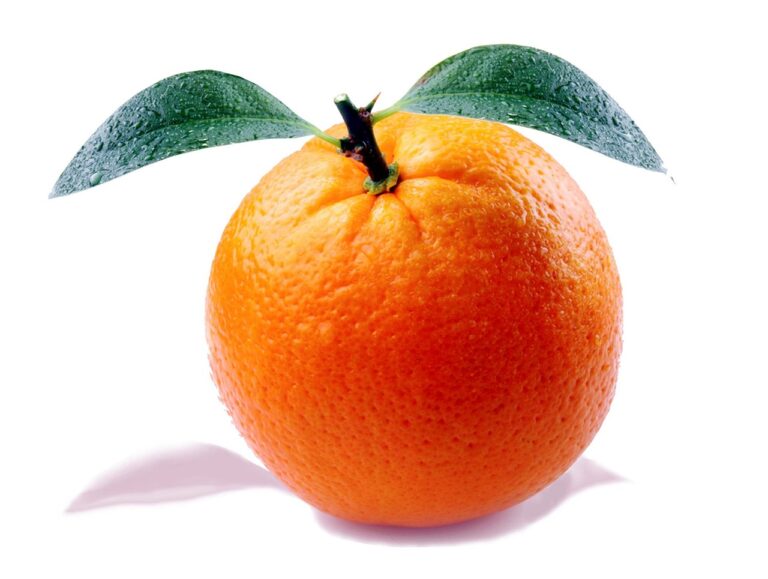Muscular Dystrophy Stem Cell Treatment in India: A Path to Hope and Healing
Muscular dystrophy (MD) is a group of genetic diseases that cause progressive weakness and degeneration of muscles. It affects both children and adults, with various types of MD causing different levels of muscle impairment. Despite ongoing research, there is no cure for muscular dystrophy, but treatments have evolved to manage symptoms and slow disease progression.
One of the most promising advancements in treating Muscular Dystrophy Stem Cell Treatment India offers hope for those affected by MD, as it has the potential to regenerate damaged muscle tissue, improve muscle strength, and enhance the quality of life. India has become a global hub for medical tourism, especially for innovative treatments like stem cell therapy, thanks to the country’s advanced medical infrastructure and affordable healthcare options.
Understanding Muscular Dystrophy and Its Challenges
Muscular dystrophy is a hereditary condition, which means it is passed down from parents to children through genes. The condition causes the muscles to weaken progressively over time, making basic movements like walking, standing, and even breathing difficult. The most common forms of muscular dystrophy include:
-
Duchenne Muscular Dystrophy (DMD): This is the most common and severe form of muscular dystrophy, typically affecting boys. It leads to progressive muscle weakness starting in early childhood.
-
Becker Muscular Dystrophy (BMD): Similar to DMD but less severe, BMD usually starts in adolescence or early adulthood and progresses at a slower rate.
-
Myotonic Muscular Dystrophy: This form of MD causes muscle weakness and other symptoms like cataracts and heart problems.
-
Facioscapulohumeral Muscular Dystrophy (FSHD): This type affects the muscles of the face, shoulders, and upper arms and progresses slowly.
Each form of muscular dystrophy is caused by defects in the genes responsible for muscle protein production. The lack of these proteins leads to muscle degeneration, and over time, the muscles become weak and prone to damage.
The Promise of Stem Cell Therapy for Muscular Dystrophy
Stem cell therapy for muscular dystrophy is an emerging treatment that aims to regenerate and repair damaged muscle tissues. Stem cells have the unique ability to develop into different types of cells, including muscle cells. When injected into the body, stem cells can potentially repair damaged muscle fibers and promote the production of muscle proteins that are lacking in individuals with muscular dystrophy.
Here’s how stem cell therapy works in the context of muscular dystrophy:
-
Regeneration of Muscle Tissue: Stem cells can differentiate into muscle cells and replace damaged muscle fibers, thereby helping to regenerate muscle tissue that has degenerated due to the disease.
-
Improved Muscle Strength: By promoting muscle cell growth and regeneration, stem cells can help improve muscle function, leading to increased muscle strength and mobility.
-
Reduced Inflammation: Stem cells also have anti-inflammatory properties, which can help reduce the inflammation that often accompanies muscular dystrophy, especially in the affected muscle groups.
-
Slowing Disease Progression: Regular stem cell treatments can potentially slow down the progression of muscular dystrophy, helping individuals maintain their muscle function for longer periods.
Stem Cell Treatment for Muscular Dystrophy in India
India has become one of the leading destinations for stem cell therapy due to its state-of-the-art medical facilities, experienced healthcare professionals, and affordable treatment options. Several hospitals and specialized clinics in India offer stem cell therapy for muscular dystrophy, with a high success rate in improving the condition of patients.
Key Advantages of Muscular Dystrophy Stem Cell Treatment in India:
-
Affordable Healthcare: Compared to many western countries, stem cell treatments in India are more affordable, making it accessible to a larger number of patients.
-
Advanced Technology: India boasts world-class medical technology, including cutting-edge stem cell research and treatment methods, making it a top choice for those seeking innovative treatments.
-
Experienced Medical Professionals: India has a large pool of highly skilled and experienced doctors who specialize in stem cell therapy, particularly for conditions like muscular dystrophy.
-
Comprehensive Care: Hospitals in India provide comprehensive treatment plans that include diagnosis, stem cell therapy, post-treatment care, and rehabilitation, ensuring holistic treatment for patients.
-
Quick Recovery and High Success Rates: Many patients experience significant improvements in muscle strength and overall health, thanks to the advanced stem cell treatments offered in India.
-
Medical Tourism: India is a well-established hub for medical tourism, attracting patients from around the world who seek high-quality, cost-effective treatments. Many international patients travel to India for stem cell therapy, benefiting from the country’s exceptional healthcare standards.
What to Expect During Stem Cell Therapy for Muscular Dystrophy
The treatment process for stem cell therapy typically involves the following steps:
-
Initial Consultation: The first step is a consultation with a specialized doctor to assess the severity of the condition and determine if stem cell therapy is suitable for the patient.
-
Diagnostic Tests: A series of diagnostic tests, including muscle biopsies, genetic tests, and imaging studies, may be performed to understand the extent of muscle damage and to tailor the treatment plan.
-
Stem Cell Harvesting: Stem cells can be derived from the patient’s own body (autologous stem cells) or from a donor (allogenic stem cells). In some cases, stem cells may be sourced from umbilical cord tissue or bone marrow.
-
Stem Cell Injection: The stem cells are then injected into the affected areas of the muscles, where they begin the process of repairing and regenerating damaged muscle tissue.
-
Post-Treatment Care: After the procedure, patients are monitored closely for any adverse reactions or side effects. Rehabilitation and physical therapy are often recommended to improve the outcome and speed up recovery.
-
Follow-Up Treatments: In many cases, multiple stem cell therapy sessions may be required over a period of time to achieve the desired results.
Success Rates of Stem Cell Therapy for Muscular Dystrophy
While stem cell therapy is still in the experimental phase for treating muscular dystrophy, many patients have reported positive outcomes. The success rates vary depending on factors such as the type and severity of muscular dystrophy, the age of the patient, and how early the treatment is administered.
In India, the success rates for stem cell therapy in treating muscular dystrophy have been promising, with many patients experiencing improvements in muscle strength, mobility, and overall quality of life. However, results may vary, and it’s important to consult with a medical professional to understand the potential benefits and risks.
Frequently Asked Questions (FAQ)
1. How effective is stem cell therapy for muscular dystrophy?
Stem cell therapy has shown promise in improving muscle strength and slowing disease progression in many patients with muscular dystrophy. However, the effectiveness of the treatment can vary depending on the individual’s condition and the stage of the disease.
2. Is stem cell therapy for muscular dystrophy safe?
Yes, stem cell therapy is generally considered safe when performed by qualified medical professionals in a regulated clinical environment. However, as with any medical treatment, there are risks, and patients should discuss these with their doctor before proceeding.
3. How long does it take to see results from stem cell therapy?
Results can vary, but many patients report seeing improvements within a few weeks to months following treatment. Ongoing therapy and rehabilitation may be necessary to achieve the best results.
4. What is the cost of stem cell therapy for muscular dystrophy in India?
The cost of stem cell therapy in India is significantly lower than in many western countries. The price can vary depending on the clinic, the type of stem cells used, and the number of sessions required, but it is generally more affordable than other medical alternatives.
5. Are there any side effects associated with stem cell therapy?
Side effects are generally minimal but may include mild swelling, redness, or discomfort at the injection site. Serious side effects are rare, but patients should monitor their condition and report any unusual symptoms to their doctor.
Conclusion
Stem cell therapy represents a promising avenue for the treatment of muscular dystrophy, offering hope for patients seeking improved muscle function and quality of life. India, with its advanced healthcare infrastructure and affordable treatment options, has become a popular destination for those seeking stem cell therapy for muscular dystrophy. While more research is needed, early results suggest that stem cell therapy could play a vital role in managing this challenging condition. If you or a loved one is considering this treatment, it is crucial to consult with experienced medical professionals to determine the best course of action.







